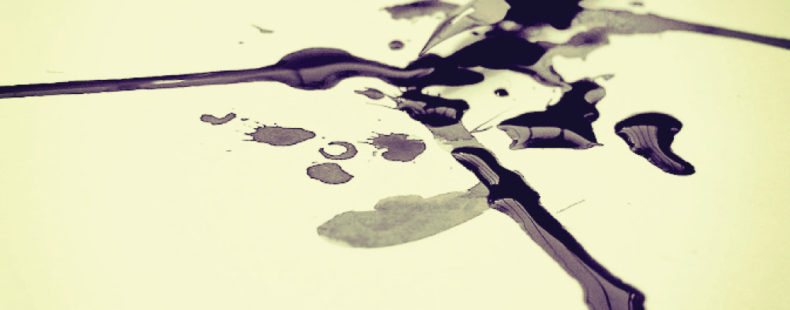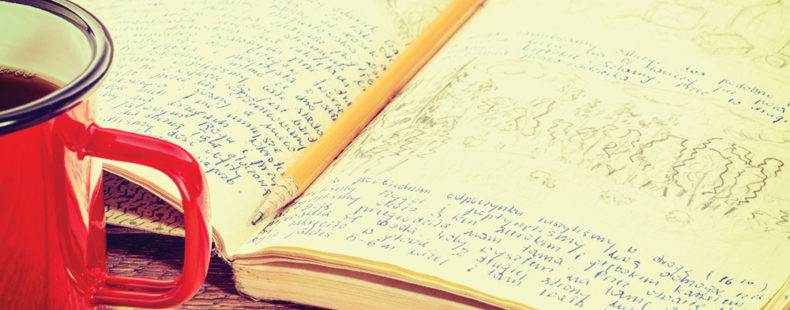Where are they now?
In an increasingly digital world, it’s interesting to know that there are so many trends around actual physical writing. It’s not something you might have expected during an era where a group of scientists are living and working on an actual satellite. Maybe it speaks to our enduring love for words and treating them well. Maybe it’s all about #aesthetics. Honestly, whatever the case (we’re cool with both), it’s worth celebrating.
We thought it would be a good time to catch up with some classic writing trends that are either making a comeback or totally reinventing themselves into today’s writing habits (like pop stars from the 1980s) … especially when you’re looking for a New Year’s resolution.





















